Have you ever wondered about the animal motifs on your hanfu and what they stand for? Why are there so many dragons in traditional Chinese art? And what’s up with the monkey statues everywhere? Let's delve into the symbolism of animal motifs. It will only take about 5 minutes of your time, and hopefully, you'll learn something new or revise what you already know!
Each hanfu garment is unique. It has various styles and designs, that reflects different historical periods and regional influences. Although the differences are significant, many of them include similar animal embroidery and motifs. Animals that have been deeply intertwined with Chinese culture from its earliest days.
Animals in Chinese culture are thought to be symbolic representations of various aspects of life. Understanding the symbolic meaning of an animal will lead to grasping the hidden message of the art. It is not only an important decorative element but also adds meaning, symbolism, and cultural significance to the art, particularly in the context of Hanfu garments.
Most commonly used animal motifs are:
Birds: Birds are often associated with the sun and allegorical folk-tales. Each bird carries its own unique symbolism, though most are connected to happiness and auspiciousness.
The most significant winged animal in Chinese culture is the Phoenix. Known as Fenghuang in Chinese, it represents virtue, duty, grace, auspiciousness, humanity, reliability, strength, resilience, opportunity, and luck. When combined with other animals, it could have additional meanings. For example, the phoenix and dragon represent husband and wife as well as Emperor and Empress.
The Phoenix or The Vermillion Bird of the South is one of The Four Mythological Symbols of China, guarding the sky.
The second most important winged animal is the crane. It symbolizes longevity, immortality, and good fortune. Different colors of cranes—black, white, yellow, and blue—may carry slightly different meanings, as well as cranes depicted in different surroundings—crane among clouds signifies wisdom and nobility, while crane with pine trees signifies power and wealth.
On a different note, the owl is considered a harbinger of death!
Chinese Zodiac Animals:
There are 12 Chinese zodiac signs, listed in the following order: Rat, Ox, Tiger, Rabbit, Dragon, Snake, Horse, Goat, Monkey, Rooster, Dog, and Pig. Traditionally, each animal is associated with certain characteristics, but all animals have lucky meanings, though some may represent negative aspects of life as well.
One famous story about how these animals became guardians of the Heavenly Gate is the Heavenly Gate Race Story. (There are many variations to this story with slight differencies, but the important parts stay the same.)
Heavenly Gate Race Story:
Long ago, the heavenly Jade Emperor decided that time should be segmented into cycles of 12 years, with an earthly animal guarding each cycle. He sent out a message to all the animals, inviting them to participate. The first twelve animals to cross the Heavenly Gate would earn a place in the zodiac, each representing one year in the twelve-year cycle.
Excited by the opportunity to gain eternal honor, the animals began preparing for the race.
Back then, the Rat and the Cat were good friends and neighbours. The Cat had a tendency to sleep in, but they made a pact to wake each other up early and head to the Heavenly Gate together. On the day of the race, the Rat got up early. However, in its excitement it forgot of the promise and set out alone.
On its way, the Rat was stopped by a fast-flowing river. Unable to cross it alone, it had to wait for the other animals to catch up. The Ox was the second to arrive at the river. As it made its way across the swift currents, the quick-witted Rat hitched a ride on the back of the Ox, who was leading the pack with its strength and determination. The tender-hearted Ox didn’t mind and simply continued on its way.
Once they reached the shore, the Ox charged off to the palace. As they approached the Heavenly Gate, the Rat leaped off the Ox's back and crossed the finish line first, securing its place as the first animal of the zodiac. The Ox came in second. Competitive and agile, the Tiger claimed third place, followed by the Rabbit, who crossed the river by hopping from stone to stone.
The noble Dragon flew in at fifth place, having stopped at a village to help bring rain to desperate farmers on the way. The sixth position seemed to favor the Horse, as it galloped in, but the Snake slithered off its front hoof at the last second, relegating the Horse to seventh place.
Unable to swim, the Goat, Monkey, and Rooster worked together to build a raft to cross the river, coming in eighth, ninth, and tenth, respectively. The fun-loving Dog was a good swimmer and runner but had been distracted by playing in the water along the race route — still, it made it to the eleventh spot. Lastly, the Pig, who had stopped to eat and nap during the race, finally made its way to the finish line, earning the twelfth and final position in the zodiac.
By the time the Cat arrived, the race was over. In another version of the story, it is said that the Rat pushed the Cat into the river while they were crossing it together. Either way, the Cat ultimately failed to make it into the zodiac and held the Rat accountable, giving rise to the Chinese mythology belief that this is how the two animals became sworn enemies.
The twelve chosen animals were immortalized in the Chinese zodiac, with their characteristics shaping the fortunes and personalities of those born under their signs.
Now that you know the story, you may better recognize the animal symbolism behind it.
Symbolism of Chinese Zodiac Animals:
Rat or Mouse: Wealth, adaptability, resourcefulness, fertility, intelligence, but also disease and mischief.
Ox: A symbol of upcoming springtime and harvest, strength, patience, steadiness, reliability, hard work, and prosperity.
Tiger: Courage, bravery, strength, and a protective guardian warding off evil spirits.
The White Tiger of the West is one of The Four Mythological Symbols of China.
Rabbit: Represents hope, often associated with the moon and the elixir of life – it lives on the moon, makes the elixir of life and accompanies the goddess of the moon – Chang-Ngo.
Dragon: A divine mystical creature. Symbol of the natural world, adaptability and transformation. One of the oldest symbols (more than 3000 BC). Symbolizes male vigor, fertility, abundance, prosperity, good fortune, adaptability, transformation, and is also the symbol for the Emperor. Pair of dragons – eternity, yin – yang. The Azure Dragon of the East is one of The Four Mythological Symbols of China.
Snake: Symbolizes supernatural power, wisdom, rebirth, but also deception, cunning, and temptation, representing the duality of human life – capabality of both good and evil. Sometimes symbolizes women.
Horse: Symbolizes speed, perseverance, strength, loyalty, and freedom.
Goat or Sheep: Represents the male principle, Yang, fertility, and reproduction.
Monkey: Seen as protectors of children, guardians against evil spirits, playful, intelligent, agile, mischievous, and vital.
Rooster: Symbolizes reliability, epitome of fidelity and punctuality, the rooster is also a symbol of advancement.
Dog: Considered an auspicious animal, symbolizing upcoming fortune, understanding of the human spirit, and obedience to authority.
Pig: Symbolizes tolerance, optimism, generosity, hospitality, and good luck.
Other commonly depicted animals include:
Lion: Imperial Guardian Lion, symbolizing strength, leadership, protection, valor, energy, closely linked to imperial power.
Fish: Symbolizes harmony, abundance, wealth, and good fortune. Images of fish swimming freely represent the flow of wealth and the attainment of financial success.
Tortoise: Symbolizes longevity, power, and tenacity. A sacred animal in the ancient China. In Taoist (DOW-ist) philosophy, the tortoise symbolizes the universe.
The Black Tortoise of the North is one of The Four Mythological Symbols of China.
And what about Panda?
Panda is a symbol of peace and prosperity, gentleness, harmony, and strength. In China it is considered to be a national treasure. It’s black and white fur symbolizes Yin and Yang.
Wild pandas can be found in Sichuan, Shaanxi, and Gansu Provinces.
Animal motifs are paramount in traditional Chinese art and culture. Whether portrayed on canvas or embellishing Hanfu attire, they posses everlasting elegance and convey hidden messages, enhancing the garment's beauty.
I'm curious about the animals decorating your Hanfu. Which one is your favorite, and which zodiac sign were you born under? Do you find that the characteristics associated with your zodiac animal apply to you? Let me know!
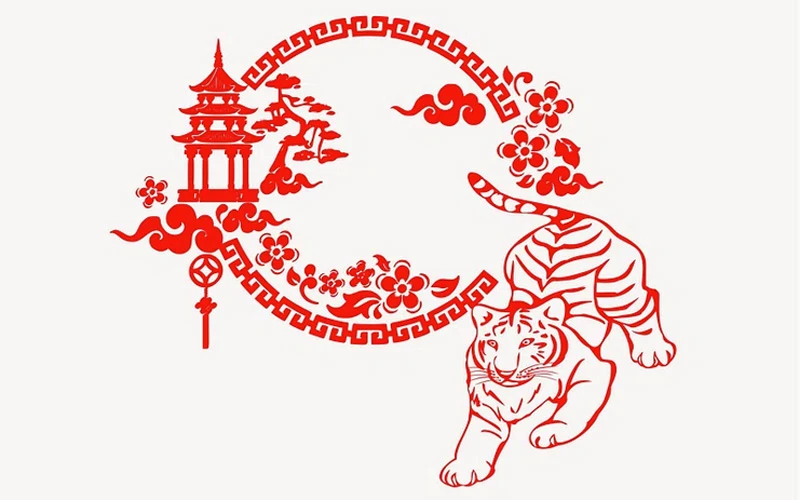
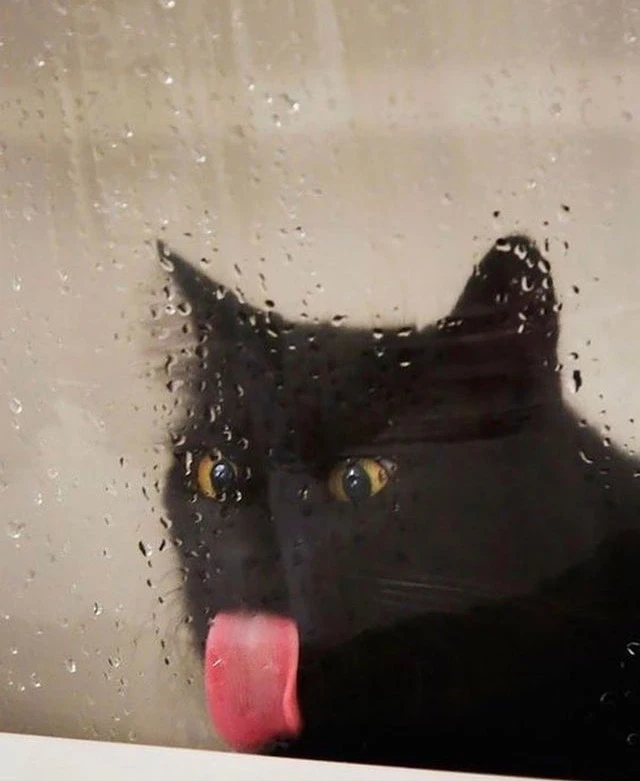
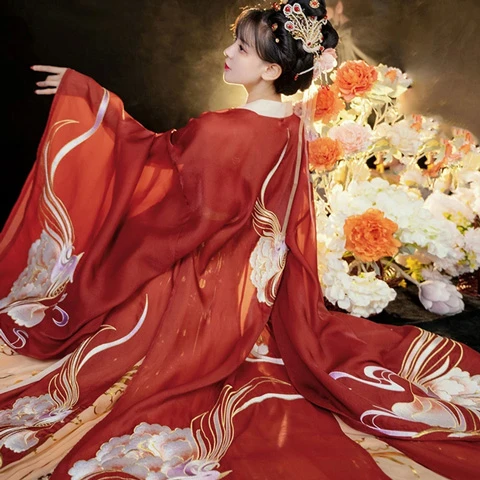
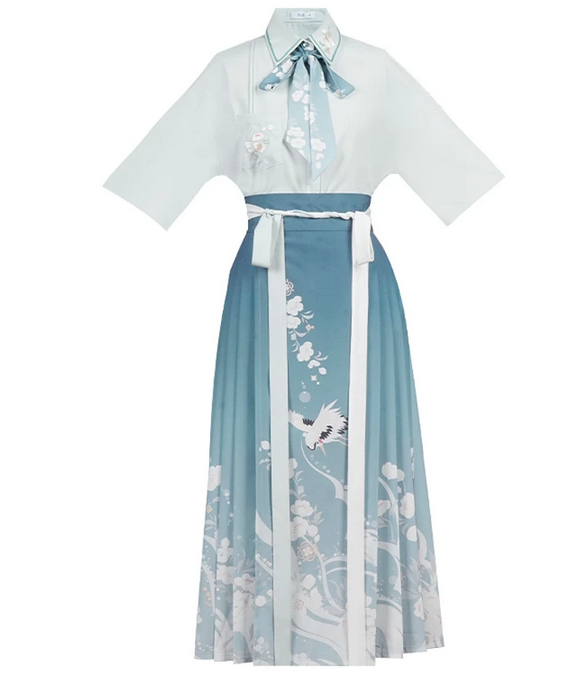

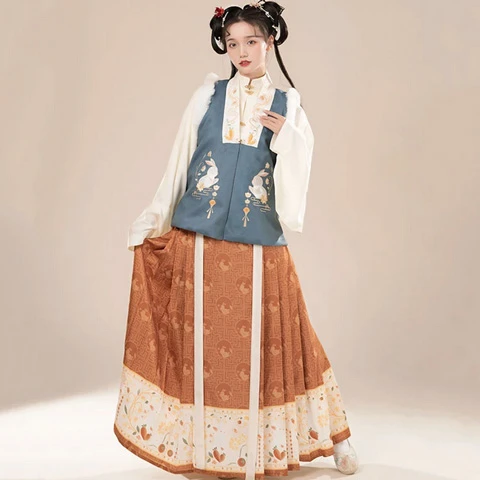
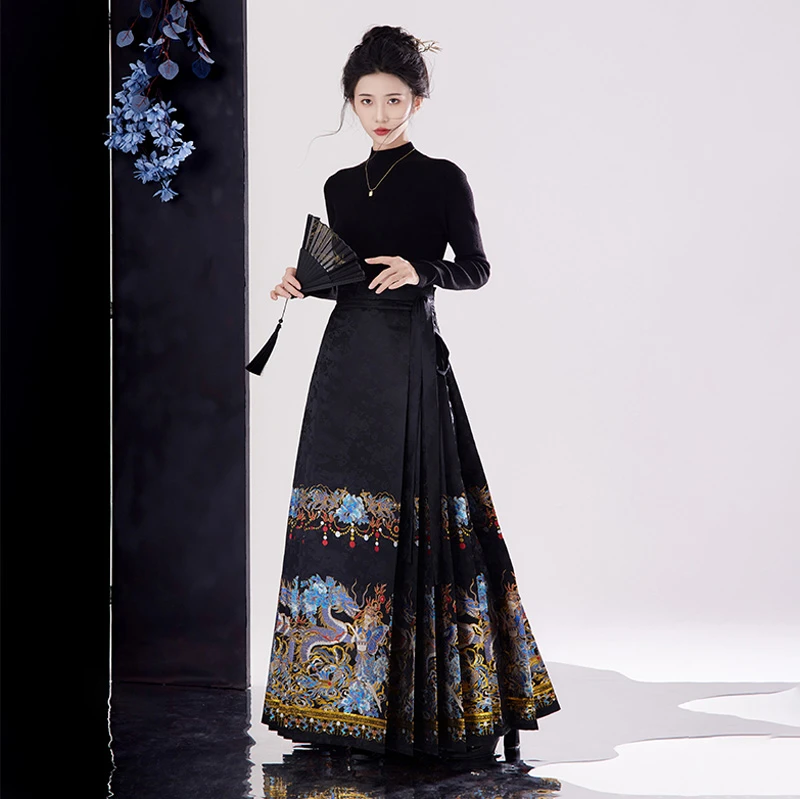
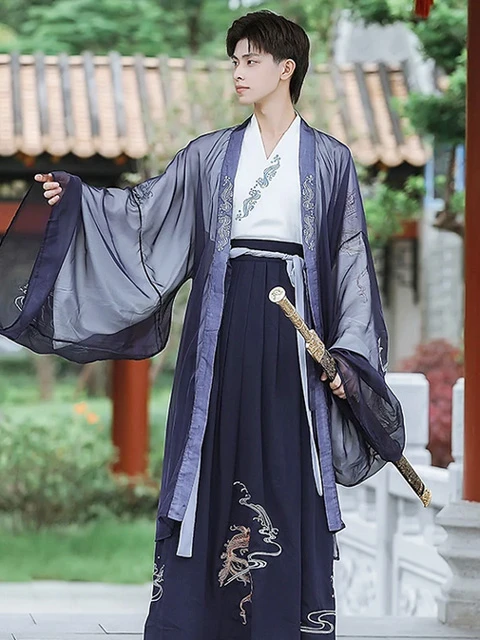
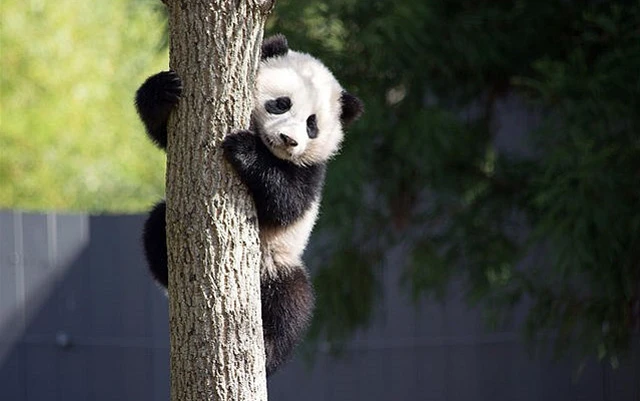


This is such a cool article, thank you!
Thank you! :3 Have a nice day! 🙂